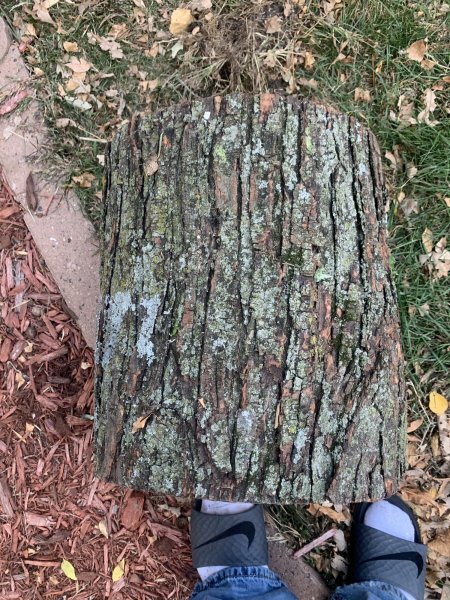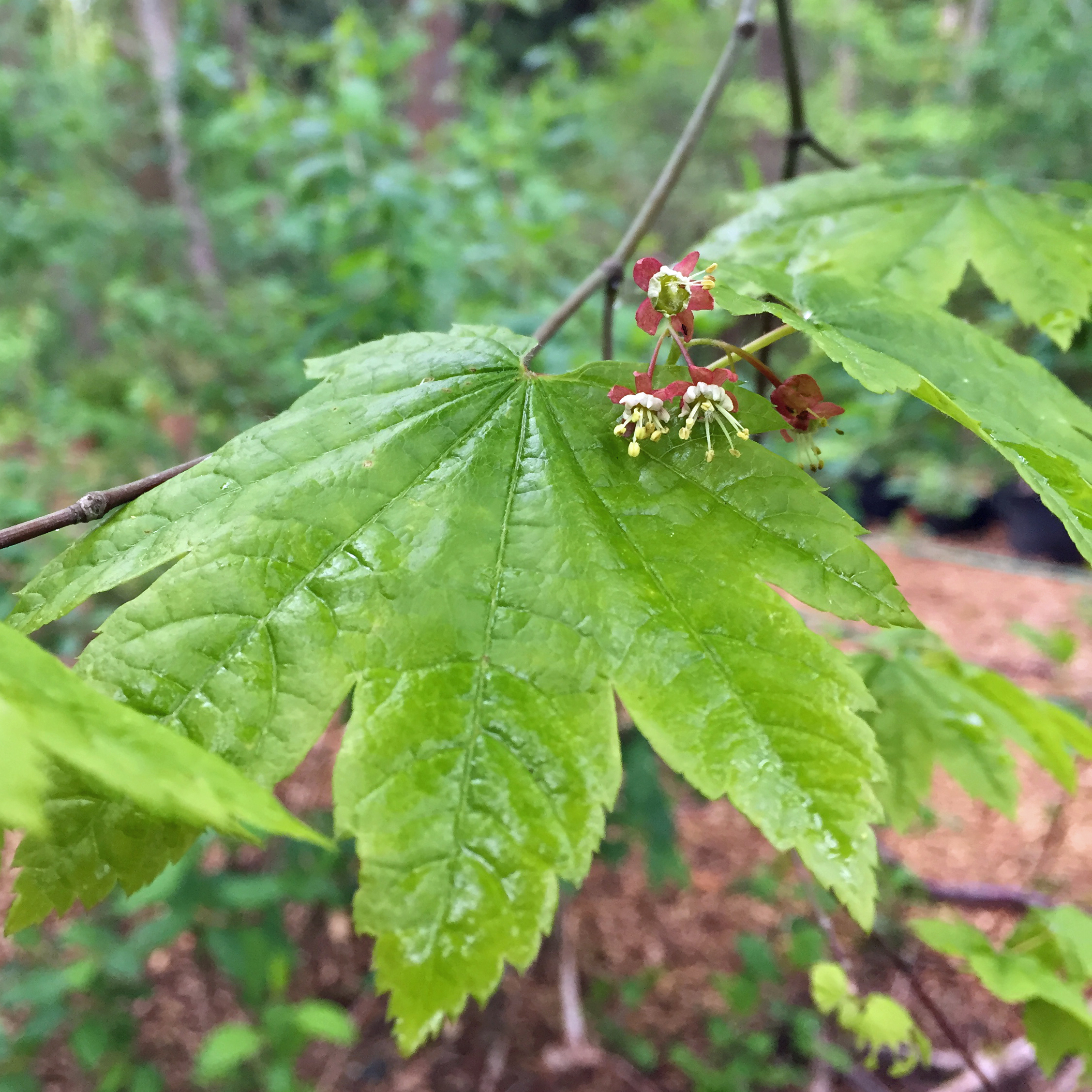

It does not have any issues in splitting like Black Locust or Elm. I have never had any trouble splitting maple logs into smaller firewood.

However, it is recommended that you clean your chimney annually regardless of the type of wood you choose to eliminate this risk. Green wood produces more creosote than seasoned wood, so resist the urge to burn your maple firewood unless its moisture content is under 20%. Maple does not produce much creosote, as long as it is properly seasoned to remove the sap. It is particularly evident in softwoods like pine and can block your chimney and even start fires. Creosote BuildupĬreosote is a black buildup that can occur in your chimney from unburnt wood. Maple is also famous for smoking meats such as poultry or pork and is especially renowned for turkey. Maple certainly makes my top ten list of the best smelling firewood. This makes maple ideal for heating your home in winter. Because the smoke production is low and the wood is relatively slow-burning, you don’t need to worry about the smell overpowering your home. You can smell unique maple syrup hints through the smoke. It is sweet and subtle without being overpowering. I find the smell of maple burning to be delightful. Use a Moisture Meter to Avoid Burning Wet Wood Burning Smell It also has a Low/Mid/High indication depending on whether the wood is dry enough, so you don’t need to remember the actual values. Press the sharp pins into the wood and you will quickly see the readout show the moisture ranging from 5% to 50%. Over time you can also see how quickly the moisture is dropping and how much longer you need to keep your firewood dropping until it is seasoned and ready to burn. It allows you to accurately gauge how wet your firewood is and whether it is sufficiently seasoned. I personally recommend this General Tools Moisture Meter. The seasoning time for Maple depends on your location and temperature. The size of your split logs also speeds up the seasoning process – smaller logs have a higher surface area and will dry faster. You can increase the drying rate by improving the airflow through the stacks by creating space and adding a roof to prevent rain or moisture. This means you must prepare your firewood stockpile a year or two ahead of time and ensure that your storage area is well designed. Maple firewood can take between 12 and 24 months to season, similar to other hardwoods. Sugar maple does produce more smoke than the other varieties, but I would still classify it as a low-smoke firewood. Green woods produce significantly more smoke than dry firewood. You must ensure it is correctly seasoned with a moisture content of less than 20%. This makes it ideal for indoor fireplaces so that you don’t spread smoke throughout your home. You will often find Maple mixed into a blend of firewood with faster burner and higher heat generation options. This is still sufficient heat to warm your home in winter without needing to stockpile too much additional wood. You can see how the hard Maple has a higher heat production than the soft maple alternatives. Maple can be split into two categories – hard Maple (sugar) and soft Maple (red, silver, and bigleaf).

The lowest heat-producing variety is red Maple which has a 30% lower BTU than sugar maple. The heat generation of Maple is quite good, but it does vary depending on the species. It can also take between 12 and 24 months to season so you do need to plan ahead. Maple can cost between $350 and $450 per cord, depending on your location and the time of the year. However, there are some genuine downsides. This combined with its low smoke generation, sweet smell, and easy to split, puts it in the top class. Although some species have a lower heat production in the 18 BTU range, it gets as high as 25 million BTU/cord. How much does Maple firewood cost to buy?.


 0 kommentar(er)
0 kommentar(er)
